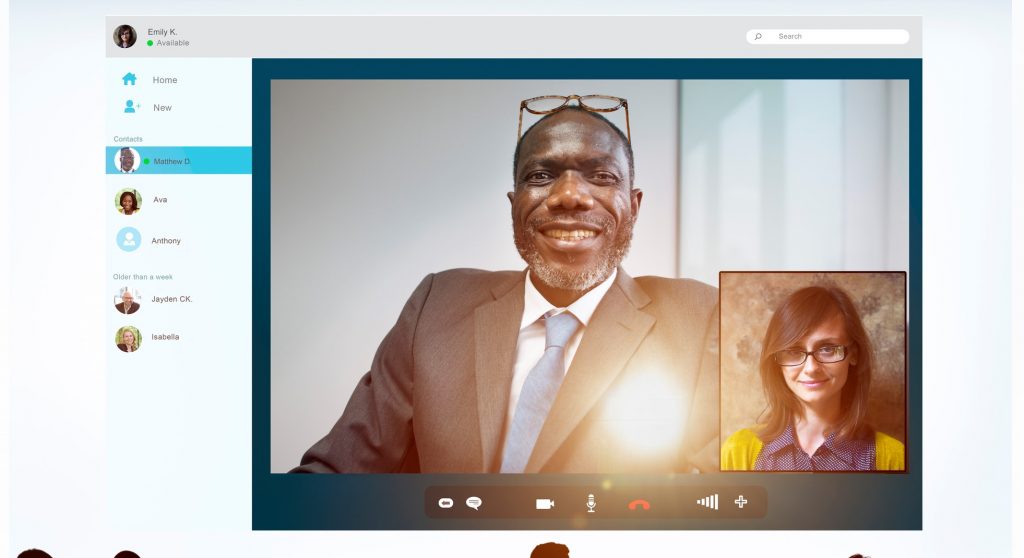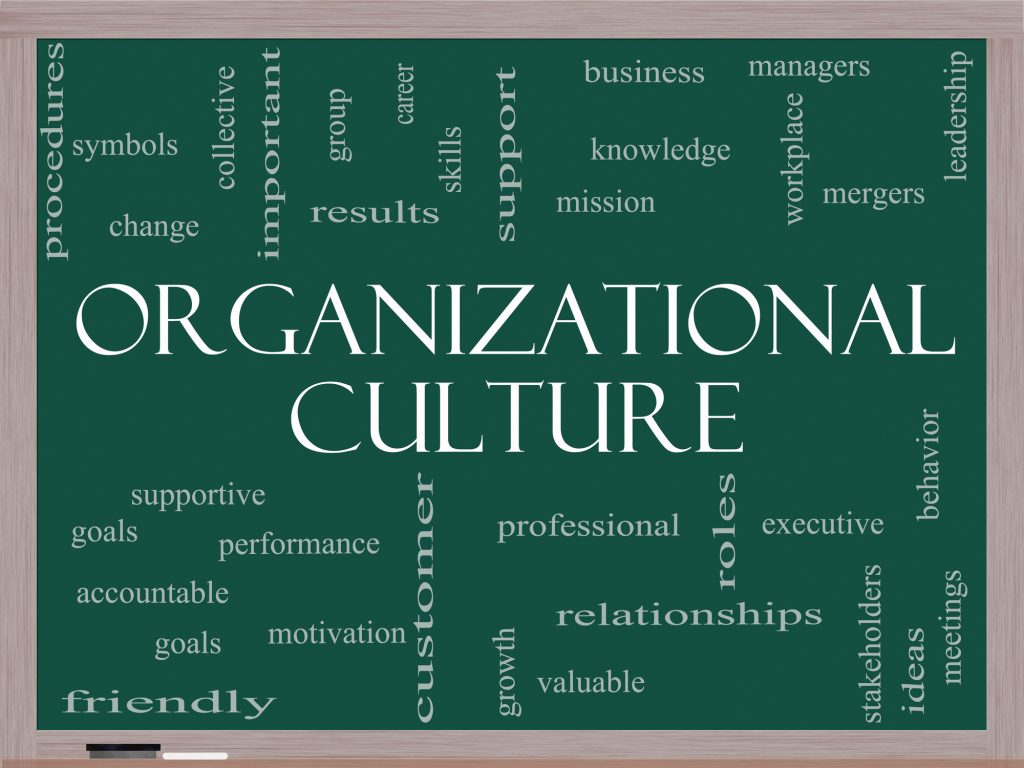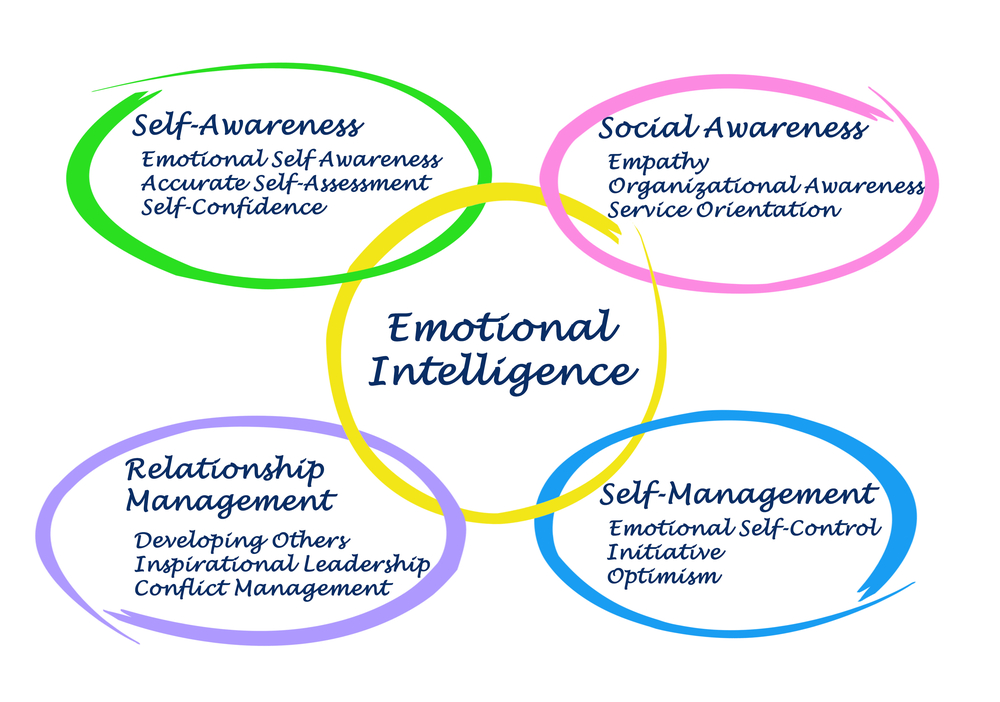Our New (Temporary?) Normal
It’s now been about two weeks since many workplaces implemented radical changes and sent workers home to work. This means managers/leaders have also started ‘leading from home.’
 This transition would be hard enough if it were planned and voluntary, but the abrupt way that this has happened has been disorienting. Employees, business owners, parents, teachers and leaders are all adjusting to our new reality.
This transition would be hard enough if it were planned and voluntary, but the abrupt way that this has happened has been disorienting. Employees, business owners, parents, teachers and leaders are all adjusting to our new reality.
 This article is especially for thought leaders – professionals and subject matter experts who people look to for answers: accountants, lawyers, economists, scientists, etc. This article is also for those in leadership positions who may have job titles such as Manager, Supervisor, Director, Director General, Assistant Deputy Minister, CEO, CFO, etc.
This article is especially for thought leaders – professionals and subject matter experts who people look to for answers: accountants, lawyers, economists, scientists, etc. This article is also for those in leadership positions who may have job titles such as Manager, Supervisor, Director, Director General, Assistant Deputy Minister, CEO, CFO, etc.
Over the past weeks, I’ve heard what some employers are doing, what’s working, and what still needs some improvement. In this AudioBlog post, I’ll share some ideas based on what’s working and I’ll suggest some other options based on applied research that I’ve squeezed in over the past weeks.
Productivity & Expectations
Although the dictionaries haven’t caught on yet, the word productivity now has a new meaning.
Many people who can work from home aren’t necessarily ‘working from home.’ Many are actually ‘at their home during a crisis and trying to work.’
 Sometimes this means hours of constructive work if/when someone else can care for children or others who need our attention or support. Other times this means bursts of constructive work when we’re not too overwhelmed by what’s happening around us, or to us.
Sometimes this means hours of constructive work if/when someone else can care for children or others who need our attention or support. Other times this means bursts of constructive work when we’re not too overwhelmed by what’s happening around us, or to us.
In some organizations, as a result of limited access to the workplace computer network, productivity will be negatively affected because people can’t logon to the network, it’s slower than usual, or people are getting disconnected periodically.
When leading from home, we need to remain mindful of the reality that despite our collective best efforts, productivity will be lower.
Workplace Culture
In a previous blog, I noted that workplace culture is more complex than ever because of multiple layers of diversity including age and neurodiversity, better awareness around mental health, and the impact of toxic workplaces. Now, we can add a new layer of complexity – moving workplace culture online. This is a huge organizational change that most of us didn’t plan for.
 It’s understandable that some leaders have been focused on the bottom line rather than the important but ‘touchy-feely’ issue of organizational culture. The fact is that any organization with employees who felt disconnected from their work now has new problems; whether it was because they felt unwelcome, or threatened, or that their career mobility was limited despite strong performance.
It’s understandable that some leaders have been focused on the bottom line rather than the important but ‘touchy-feely’ issue of organizational culture. The fact is that any organization with employees who felt disconnected from their work now has new problems; whether it was because they felt unwelcome, or threatened, or that their career mobility was limited despite strong performance.
It’s hard enough to manage a modern workforce in normal times. Leading employees who are grateful to be out of the office because of how terrible they felt at work is potentially more challenging. Some people will thrive if they no longer feel scared of unpleasant interactions with workplace bullies. Others, however, may be so quietly traumatized that they will have a hard time performing while coping with what’s happening around them.
Start Small and Start Soon
In some workplaces, this is the time to start mending fences and demonstrate that you value your employees. Start small and start soon. If staff have access to an Employee Assistance Program (EAP) or benefits that cover psychotherapy, it’s a good idea to find ways to make sure that everyone knows about these benefits.
 Whether your pre-pandemic workplace culture was idyllic or dreadful, our new circumstances are an opportunity to recalibrate. Finding ways to check in daily with your team or division is a good idea. Even if it’s modelled after a 15-minute stand-up meeting for sharing short updates, learning about obstacles, or successes it’s a worthwhile practice. It can help people remain connected and build the feeling that we’re all in this together … alone. It’s crucial to create opportunities for longer, more comprehensive meetings and collaborative work. Our shared circumstances are too dynamic and unsettling to rely entirely on email communication.
Whether your pre-pandemic workplace culture was idyllic or dreadful, our new circumstances are an opportunity to recalibrate. Finding ways to check in daily with your team or division is a good idea. Even if it’s modelled after a 15-minute stand-up meeting for sharing short updates, learning about obstacles, or successes it’s a worthwhile practice. It can help people remain connected and build the feeling that we’re all in this together … alone. It’s crucial to create opportunities for longer, more comprehensive meetings and collaborative work. Our shared circumstances are too dynamic and unsettling to rely entirely on email communication.
Seek input from your staff on the best times to schedule these daily check-ins. Video is preferable so that people can see you and each other. It will also help people go through the steps of ‘getting ready for work’ even if their day will be shorter or more fragmented than normal.
Leadership Behaviours
The internet is awash in articles about ‘working from home.’ That’s an important topic, but I believe that leading from home – especially so suddenly – needs more attention. Mastering the mechanics of video conference software and conference calls does not take much time. There are many YouTube explainer videos and articles that cover that information. I’ve included some at the end of this article.
 When we’re uncertain, most of us rely on our ‘go-to’ strategies and skills. This is natural and it often serves us well. When we’re under pressure, distracted, exhausted, or feeling stressed out most people will display certain counterproductive tendencies — I call them blind spots. Under normal circumstances, these characteristics may even be strengths. In challenging times, these blind spots may impede our effectiveness and erode the quality of our relationships with colleagues, people who report to us, clients, and others.
When we’re uncertain, most of us rely on our ‘go-to’ strategies and skills. This is natural and it often serves us well. When we’re under pressure, distracted, exhausted, or feeling stressed out most people will display certain counterproductive tendencies — I call them blind spots. Under normal circumstances, these characteristics may even be strengths. In challenging times, these blind spots may impede our effectiveness and erode the quality of our relationships with colleagues, people who report to us, clients, and others.
All professionals and leaders can gain a worthwhile perspective about their strengths and their blind spots by getting a leadership assessment and related coaching (for more information about the value of objective assessments, read the whitepaper published by McKinsey & Company Management Consultants). Once armed with the leadership assessment results, it’s much easier to develop and implement strategies to work around these blind spots through planning and learning (e.g., listening to podcasts, watching videos, reading, on-the-job tasks/assignments, etc.).
It’s lonely at the top, especially during these uncertain times when we’re flying while building the plane. If things go well, we can expect some temporary breaks from this new normal while treatments and/or a vaccine are developed during the next 12 – 18 months. In the meantime, our employees, clients, colleagues, funders, and families are counting on us.
This could be a good time for a leadership assessment, executive coaching or receiving customized training for your organization on leading from home. Please reach out by phone or email to find out more.
Resources for maintaining ongoing collegial relationships
- How to mend a work relationship
- Relationship building
- Show some empathy for working parents who are learning how to home-school
- Preventing Burnout Is About Empathetic Leadership
- 5 Overlooked Ways Business Leaders can Support Remote Workers
Practical Tips, Recommendations and Information for Workplaces
- 4 ways to manage a team across time zones
- 3 organizational rules key to building a healthy remote company
Making video calls more fun and less awkward:
More than career coaching, it’s career psychology®.
I/O Advisory Services – Building Resilient Careers and Organizations.™



